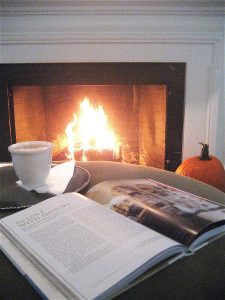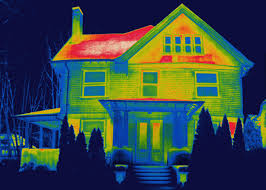Improving your home’s insulation by insulating raw spaces, or upgrading to newer and more energy efficient products, can not only save you money on your heating and cooling bills, it can make your home healthier for your family. You’ll feel more comfortable year ’round with improved insulation.

The Department of Energy recommends home insulation as one of the most important steps you can take to make your home more energy efficient:
A qualified home energy auditor will include an insulation check as a routine part of a whole-house energy assessment. An energy assessment, also known as a home energy audit, will also help identify areas of your home that are in need of air sealing. (Before you insulate, you should make sure that your home is properly air sealed.)
Insulation is graded according to an R-value. The R-value indicates the insulation’s ability to resist heat. The higher the R-value, the greater the heat resistance. Choosing insulation with a higher R-value will save you money on your heating and cooling costs. It will also make your home more comfortable and healthier, because better insulation also acts as an air filter in your walls.
Some types of insulation, like spray foam, also act as a barrier against moisture, insects, and pests. Based on your home’s location and construction, a home performance professional will make recommendations to meet your needs and budget.
Improving your home’s insulation doesn’t have to be an expensive project. Focusing on the most important areas of your home, like the attic, will yield a result on your next utility bill. Insulating your home is commonly a one time project. Fiberglass and spray foam insulations can last longer than your mortgage, so your work will pay for itself quickly, and give you a high return on your investment over the life of your home.
The Department of Energy’s “Years to Payback” equation can help you determine your exact return on investment. A good rule of thumb is that insulation projects will pay for themselves in 3-5 years. A professional home performance contractor can complete the job in a day or two. You’ll start saving money immediately.
Your cost will vary depending on the type of insulation you choose and the size of the space you are insulating. The good news is that you may be eligible for tax rebates from your state government, or incentive programs from your utility company, for home energy efficiency upgrades and retrofits. Your home performance contractor can help determine your eligibility and provide you with required documentation.

Is improved insulation the right choice for you?







